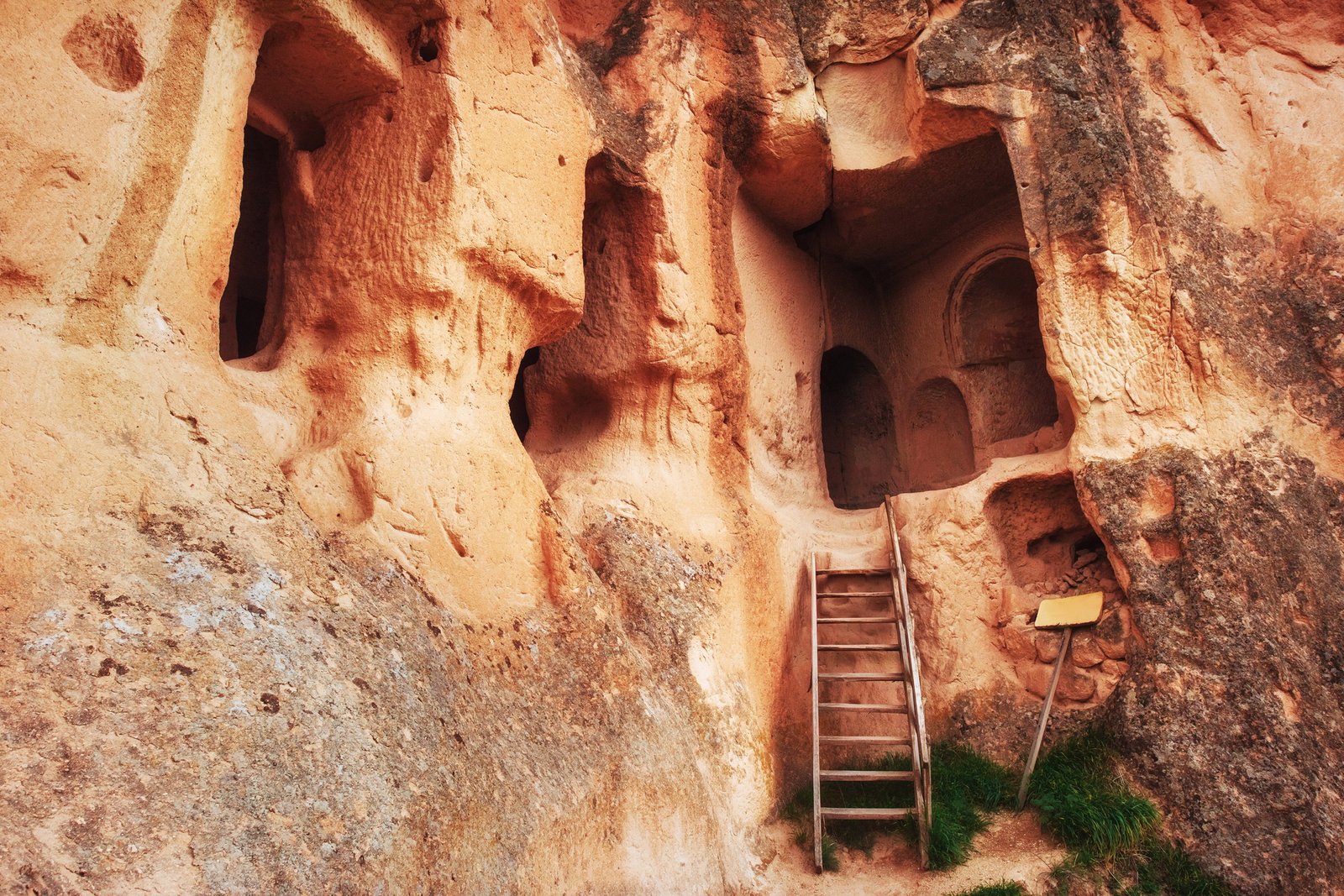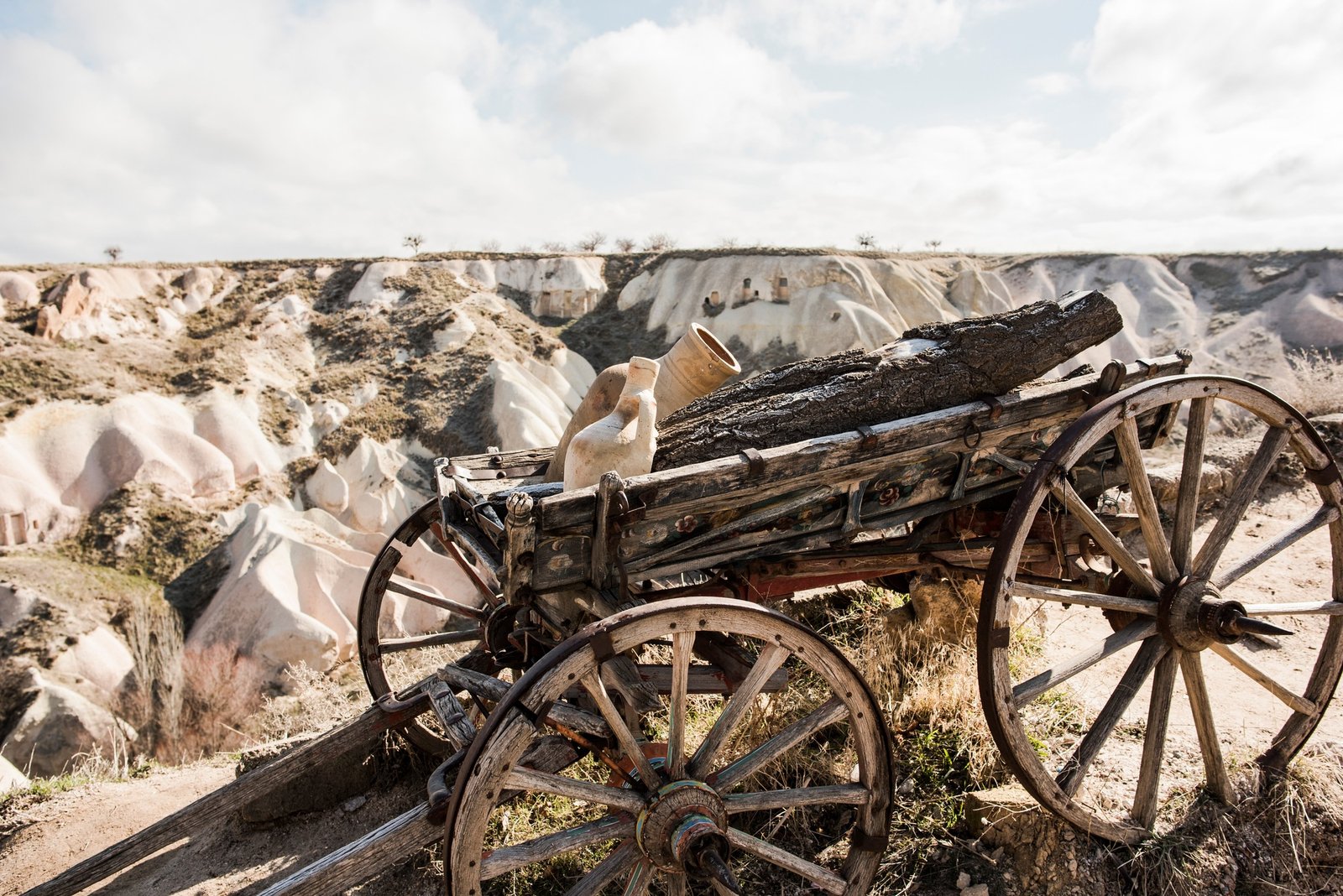Nestled in the surreal, moonlike landscapes of Cappadocia, Turkey lies a fascinating network of pigeon houses, known locally as “guvercinlik.” These humble structures, scattered across the region, carry immense cultural significance. Far from simply being birdhouses, Cappadocia’s pigeon houses once played a central role in agricultural practices, spiritual traditions, and even artistic expression in the area.
But why were these pigeon houses so important, and what do they mean to the people of Cappadocia today? This blog will explore the historical, cultural, and agricultural significance of Cappadocia’s pigeon houses while shedding light on their enduring legacy.
Exploring the Historical Role of Cappadocia’s Pigeon Houses
Cappadocia’s pigeon houses date back to the Byzantine era, when farmers and monks began attracting pigeons to their valleys. These structures were ingeniously carved into soft volcanic rock, designed to shelter pigeons and collect their droppings. But why pigeons?
Pigeons have been revered for centuries for their droppings—yes, really. Known as “guano,” pigeon droppings were an essential natural fertilizer, rich in nitrogen and phosphorus. For the people of Cappadocia, especially those engaged in grape cultivation, guano was vital for their vineyards. It contributed to the production of high-quality grapes for wine and fruit for trade.
Key Uses of Pigeon Houses in Daily Life
- Fertilizer: Pigeon droppings were collected from the houses and used to enrich agricultural lands, especially vineyards.
- Communication: During wartime, pigeons were trained as messengers, further emphasizing their value in both practical and strategic ways.
- Symbolic Meanings: Pigeons were considered sacred in many cultures, including within the Byzantine and Ottoman empires, embodying peace, love, and spirituality.
The Architecture of Cappadocia’s Pigeon Houses
One of the most remarkable features of Cappadocia’s pigeon houses is their architecture. Carefully etched into volcanic rock, their designs are both functional and aesthetic. The small openings allowed pigeons to fly in and out freely, while interiors were spacious enough to house large numbers of birds. Some of these structures were even painted and adorned with vibrant patterns, reflecting the creativity of their creators.
Why Were Pigeons Attracted to These Homes?
The houses were often strategically located near fertile valleys, ensuring easy access to feeding grounds. Additionally, locals painted the interiors with white lime to attract birds. The lime also acted as a disinfectant, keeping the pigeons safe and healthy.
Some pigeon houses even bore inscriptions and decorative symbols. These engravings provide modern historians with valuable insights into the lives and beliefs of the people from that era.
Agricultural Significance of Cappadocia’s Pigeon Houses
The reliance on pigeon guano highlights the ingenuity of Cappadocia’s ancient farmers. Sustainable and eco-friendly farming practices were at the heart of their agricultural systems, long before such terms became buzzwords.
How Guano Transformed Vineyards
Cappadocia is renowned for its wines, and pigeon guano played a key role in the success of the region’s vineyards. The fertile soil enriched by pigeon droppings helped produce robust grape yields, contributing to Cappadocia’s reputation as a winemaking hub.
Even today, some winemakers in the region continue to use traditional methods of organic farming inspired by this age-old practice. It’s a testament to the ongoing importance of Cappadocia’s pigeon houses.
Spiritual and Cultural Relevance
Pigeons have always held a special place in the hearts of Cappadocians, not just as natural allies in agriculture but also as spiritual beings. Many locals associated these birds with blessings and divine protection.
Pigeons in Religious and Spiritual Practices
During the Byzantine period, monks used pigeon houses to nurture birds that were considered symbols of peace and purity. These monks encouraged pigeons near monasteries, believing that their presence brought holiness to the area.
The Ottomans continued this tradition, with pigeon houses scattered across Islamic-influenced Cappadocia. Mosques in the region often depicted pigeons in their artwork and inscriptions, further cementing the bird’s cultural importance.
A Timeless Connection
For centuries, Cappadocians treated pigeons with respect and care. Feeding and housing pigeons wasn’t simply a practical endeavor; it was a way of life that forged a connection between humans and nature.
The Modern Legacy of Cappadocia’s Pigeon Houses
While the agricultural dependence on pigeons has declined with the advent of chemical fertilizers, Cappadocia’s pigeon houses remain significant. They stand as cultural monuments, attracting tourists and historians alike.
Preservation Efforts
Local governments and heritage organizations have recognized the importance of preserving Cappadocia’s pigeon houses. Many of these structures are now protected, with restoration projects aiming to maintain their historical integrity. These efforts ensure that the rich history of pigeon houses is passed down to future generations.
Attracting Visitors
Cappadocia’s unique landscape, combined with its cultural treasures like pigeon houses, has turned the region into a popular tourist destination. Tourists often marvel at the intricacy of the rock-carved pigeon houses during hot air balloon rides, adding yet another layer of appreciation for these understated but vital structures.
Why Cappadocia’s Pigeon Houses Are Still Relevant
Cappadocia’s pigeon houses are more than relics of the past; they are windows into the resourcefulness, creativity, and spirituality of the region’s people. These unassuming structures have shaped agriculture, strengthened cultural bonds, and captured the imagination of countless visitors over the years.
Whether you’re a history enthusiast, an agriculture lover, or simply a curious traveler, Cappadocia’s pigeon houses offer invaluable lessons about sustainability, community, and innovation.
Want to explore more about Cappadocia’s cultural history? Plan your visit today and witness the timeless beauty of a region where every rock and pigeon house tells a story.







